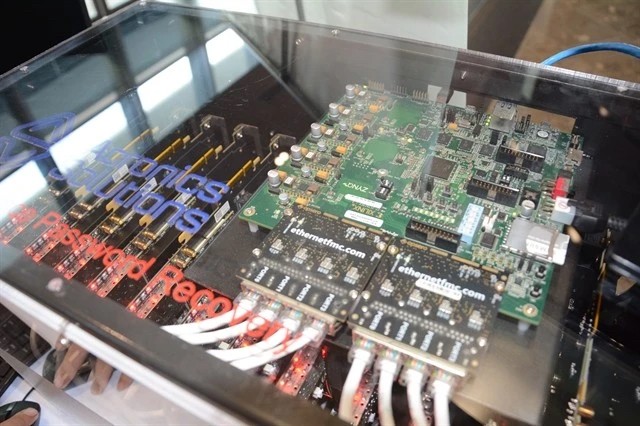Preserving the Profession and Art of Beeswax Pattern Printing among Dao Tien People
| People-to-people Diplomacy: Key to Vietnam-Belarus Cooperation | |
| HAUFO Presents Gifts to Revolution Contributors in Hanoi |
Unique and enchanting art of beeswax pattern printing
After the June showers, the air in Hoai Khao is crisp and refreshing. Traditional wooden houses with yin-yang tiled roofs and granaries placed in front of doors characterize the hamlet's landscape. On a hill, in front of a timeworn house, Dao Tien women diligently work on each stage of beeswax pattern printing on brocade.
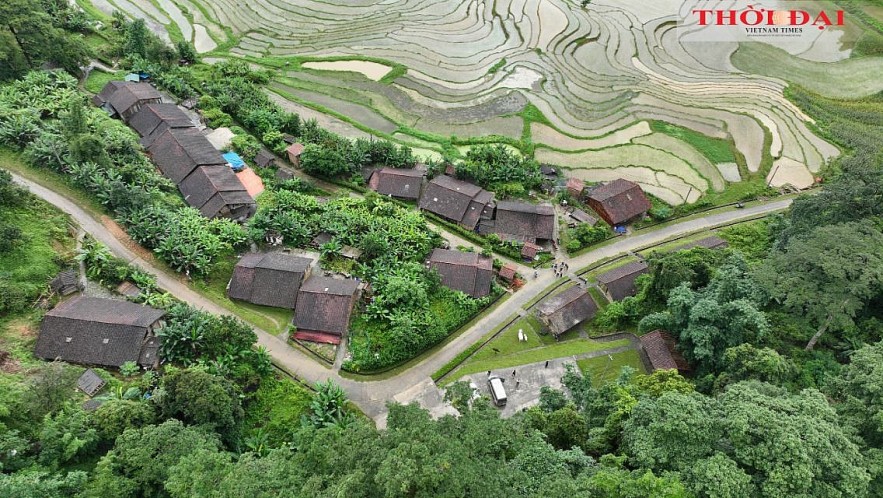 |
| Community tourist area in Hoai Khao hamlet, Quang Thanh commune, Nguyen Binh district, Cao Bang province when seen from above. (Photo: Duc Yen) |
Ban Thi Lien (from Hoai Khao hamlet) gently rubs a piece of dark brown beeswax on an enameled iron plate placed over glowing embers. The beeswax gradually melts and maintains its warmth while the women use tools to dip into the beeswax and print patterns onto the fabric.
She said, "The art of beeswax pattern printing stems from the Dao Tien people's self-sufficient tradition. Since ancient times, the Dao Tien have cultivated cotton, spun yarn, woven cloth, and dyed indigo to create their traditional costumes. During this process, the technique of beeswax pattern printing emerged and developed as a unique decorative method."
According to the elders of Hoai Khao village, from the age of 10, Dao Tien girls were taught by their mothers and grandmothers how to make their own ethnic costumes, including the technique of beeswax pattern printing on fabric. By the age of 14, Lien had mastered the art of dyeing and printing her first batches of cloth. Upon marriage, she brought along a few sets of garments sewn from beeswax-printed fabric.
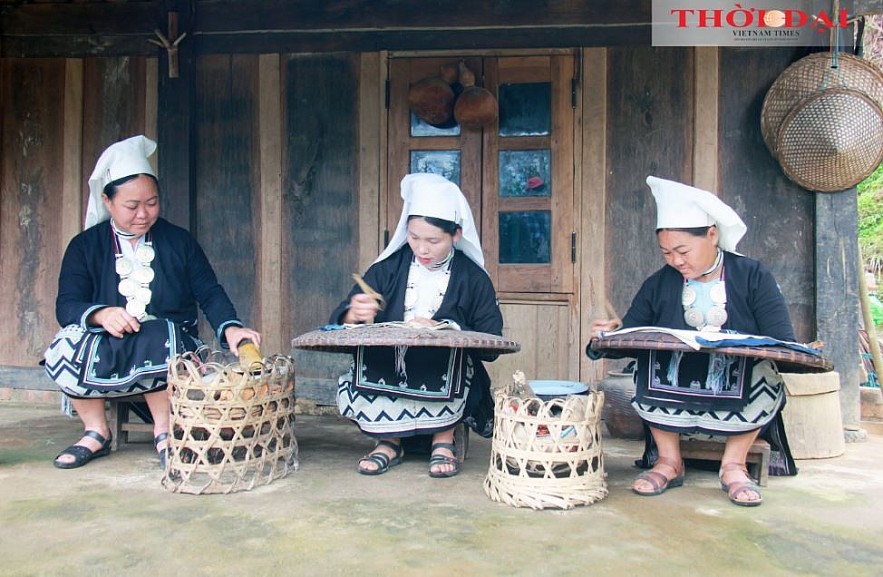 |
| Ban Thi Lien (far left) and her sisters in Hoai Khao hamlet print patterns with beeswax. (Photo: Thanh Luan) |
"The beeswax must be from the 'khoai' bee species, which the villagers collect from two bee caves in the village. Around the sixth lunar month, after the 'khoai' bees have completely left, they leave behind large nests filled with golden beeswax and not a drop of honey. At this time, the village shaman will select an auspicious day to collect the nests, perform a ritual offering, and the young men of the village will set up scaffolding to climb and retrieve the nests. The beehives are brought back and boiled, then the beeswax is divided equally among the villagers," Lien said.
Carefully printing beeswax patterns onto the fabric, Nguyen Thi Duyen (from Hoai Khao hamlet) states, "The process of creating a satisfactory product is meticulous, requiring five steps: polishing the fabric, creating beeswax patterns, indigo dyeing, removing beeswax, and drying."
During the pattern printing stage, Dao Tien women use bamboo tubes of varying diameters to print circles. Thin, tapered sticks are bent into triangles to print straight lines and corners, while flattened 'chit' leaves are used as stencils. The beeswax is melted and kept warm to ensure that the printed patterns adhere well to the fabric and remain clear.
The decorative motifs used on the garments often depict scenes from everyday life, such as mountains, forests, and the natural world of the Dao Tien people, or aspirations for a prosperous and fulfilling life, such as coin shapes, horizontal stripes, rectangles, and water wave patterns.
The printing process continues until the entire piece of fabric is covered. Once the beeswax has dried, the cloth is repeatedly dyed in indigo, sun-dried during the day, and soaked in indigo overnight. After achieving the desired indigo color, the fabric is dipped into boiling water, causing the beeswax to melt and reveal the patterns on the indigo background. The areas where the beeswax was applied remain their original white color.
"Dao Tien women use beeswax-printed fabric to sew skirts. A skirt takes about a month to complete. Therefore, by looking at the attire, the Dao Tien can tell whether a bride is skillful, hardworking, and knows how to manage a household," Duyen says.
Community tourism development and traditional craft preservation
Despite the popularity of convenient industrial fabrics, Ban Thi Lien and the women in the hamlet remain committed to the art of beeswax cloth printing, which is deeply ingrained in their heritage.
"Two years ago, I taught my 14-year-old daughter the technique of beeswax pattern printing. She is eager to learn and whenever she has free time, she takes out the tools to practice. In 2023, a French tourist came to Hoai Khao, and I guided her through the fabric printing technique. Admiring the product she had created with her own hands, she was filled with pride and couldn't stop praising the beautiful patterns. Her enthusiasm motivates me to continue preserving this craft," Lien recalls.
"I also took the opportunity to introduce and promote the art of beeswax pattern printing to the people of Hanoi and tourists when I participated in events such as 'Beeswax - Indigo Colors' organized by the Vietnam Women's Museum in November 2023 and the 'Cao Bang Mountain Colors' market at the Vietnam National Village for Culture and Tourism (Dong Mo, Son Tay) in April 2024," Lien shares.
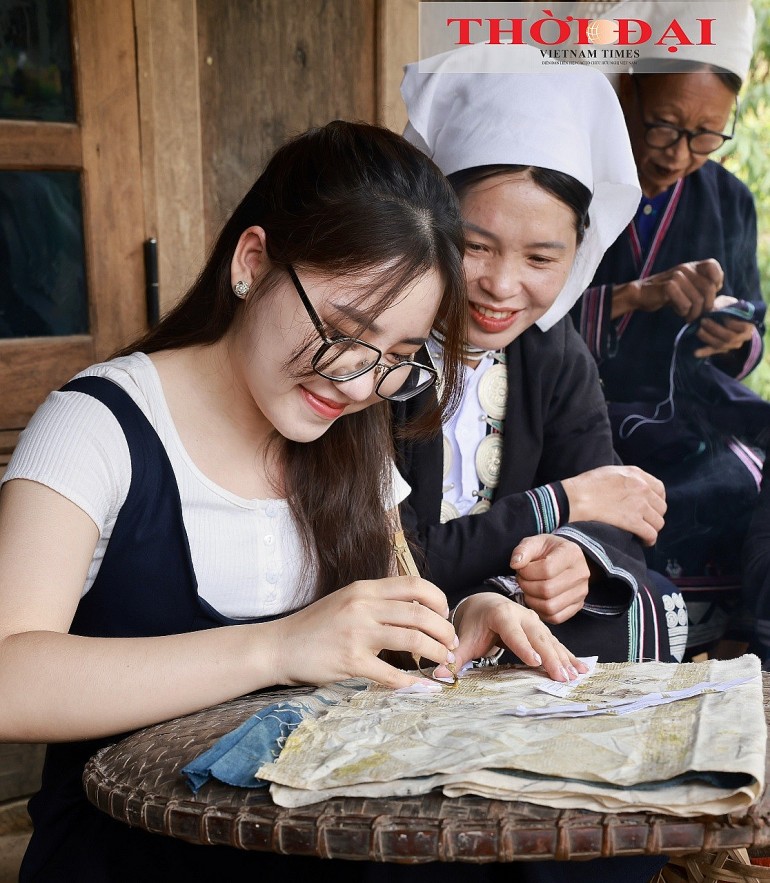 |
| Tourists experience the technique of printing patterns with beeswax in Hoai Khao hamlet. Photo: Nhat Anh |
In line with the initiative to link community tourism development with the preservation of ethnic cultural identities, Nguyen Binh district in Cao Bang province has developed Hoai Khao hamlet into a community tourism destination. According to Hoang Quoc Chan, Chairman of Quang Thanh commune People's Committee, since 2018, Nguyen Binh district has begun investing in infrastructure development, constructing roads, and providing electricity to Hoai Khao hamlet. A reception area has been built to welcome guests and display tools, costumes, and household items used by the local people. The villagers have also been trained in basic knowledge of community tourism and provided with skills in welcoming and serving tourists.
Operating since 2020, seven out of 35 households in Hoai Khao hamlet have been providing homestay services to tourists for sightseeing and relaxation. Each homestay can accommodate an average of 10 guests. When tourists arrive, the villagers introduce and guide them through the experience of beeswax cloth printing. Hoai Khao welcomes an average of 400-600 tourists each year for sightseeing and experiences, including international visitors.
Quang Thanh commune has also collaborated with the Culture and Information Department of Nguyen Binh district and the Department of Culture, Sports, and Tourism of Cao Bang province to organize classes on weaving, embroidery, and beeswax pattern printing on Dao Tien costumes.
Ly Huu Tang, the head of Hoai Khao hamlet, states, "Since becoming a community tourism destination, the hamlet has received infrastructure investments, and the villagers are enthusiastically renovating their houses and preserving traditional cultural elements to welcome visitors. Although the facilities are still basic, we hope that with the attention from the district and commune, tourism services linked to the preservation of traditional culture will not only help the villagers live better lives but also preserve and spread the unique beeswax pattern printing art of the Dao Tien people to domestic and international visitors."
 | United Nations Population Fund Assists Vietnam in Poverty Reduction, Socio-economic Development Chief Representative of the United Nations Population Fund (UNFPA) in Vietnam Matt Jackson said in a recent interview that Vietnam has achieved significant progress in ... |
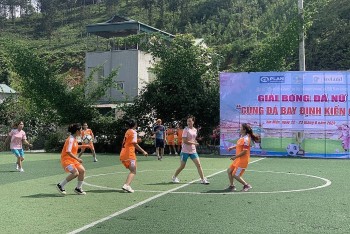 | Empowering Women in Sports Field Sports promote values, and soccer, being the world's most popular sport, holds immense potential for advancing gender equality. |
Recommended
 Viet's Home
Viet's Home
Vietnam’s People's Public Security Force Actively Contributes to UN Peacekeeping Operations
 Viet's Home
Viet's Home
HAUFO Enhances Competence of People-to-People Diplomacy Personnel
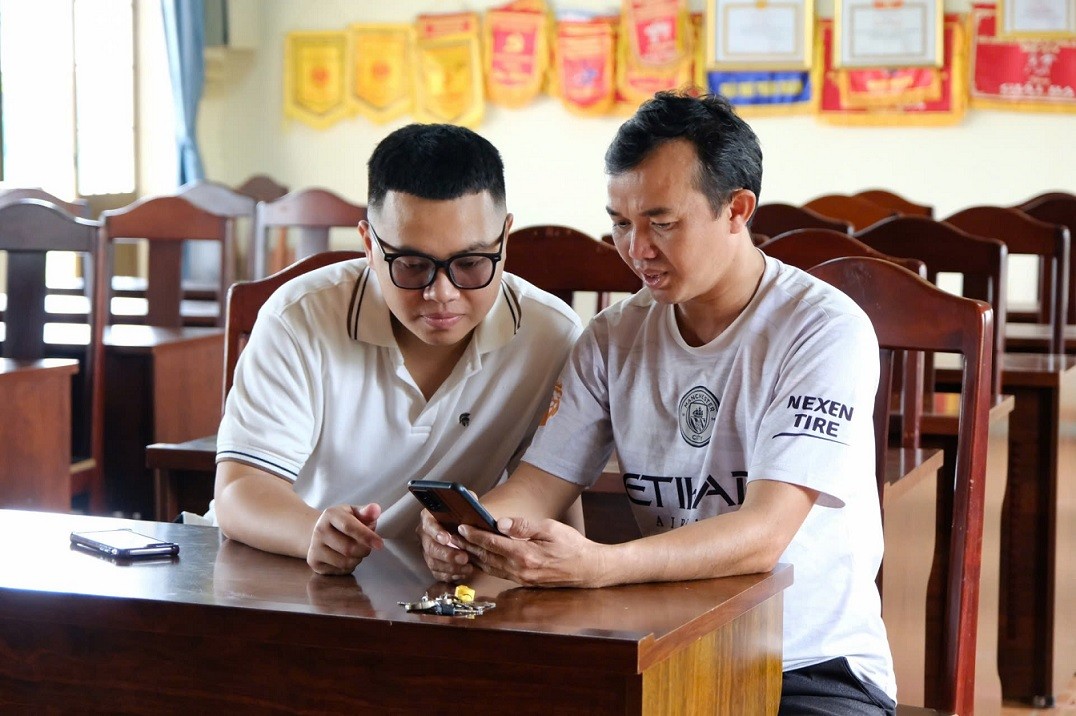 Viet's Home
Viet's Home
Da Rsal – How Digital Transformation Reshape a Poor Commune
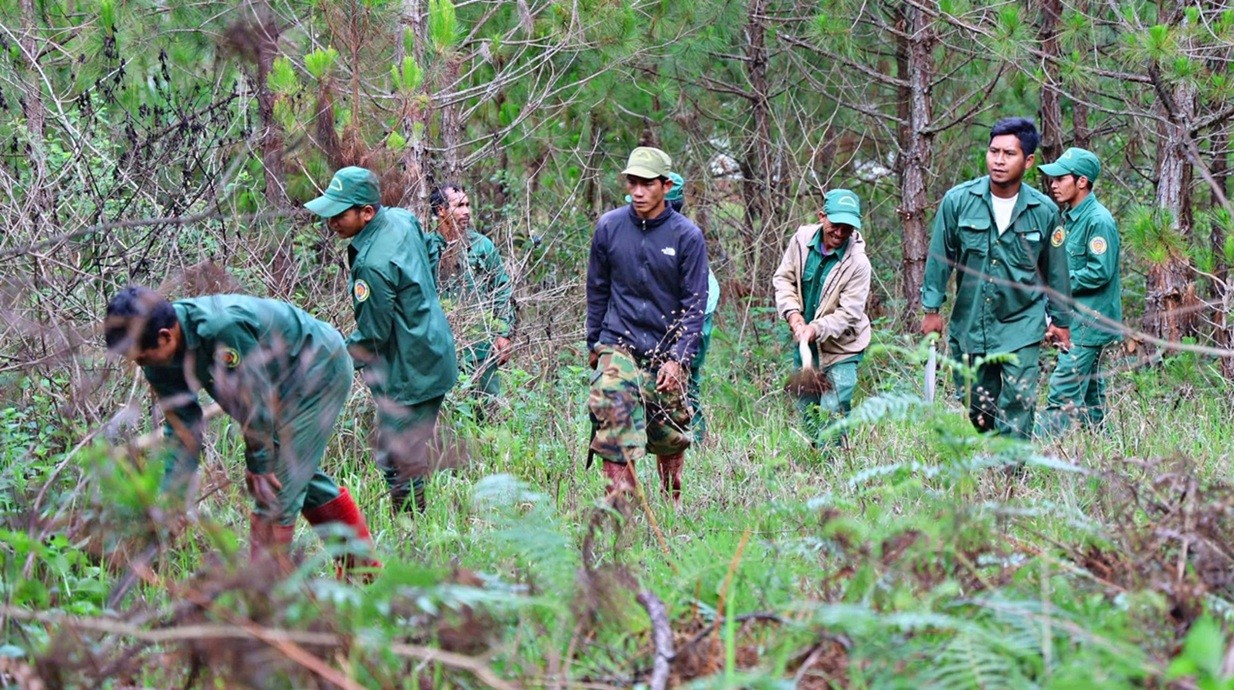 Viet's Home
Viet's Home
Vietnam Classified as “Low Risk” Under the EU Anti-Deforestation Regulation
Popular article
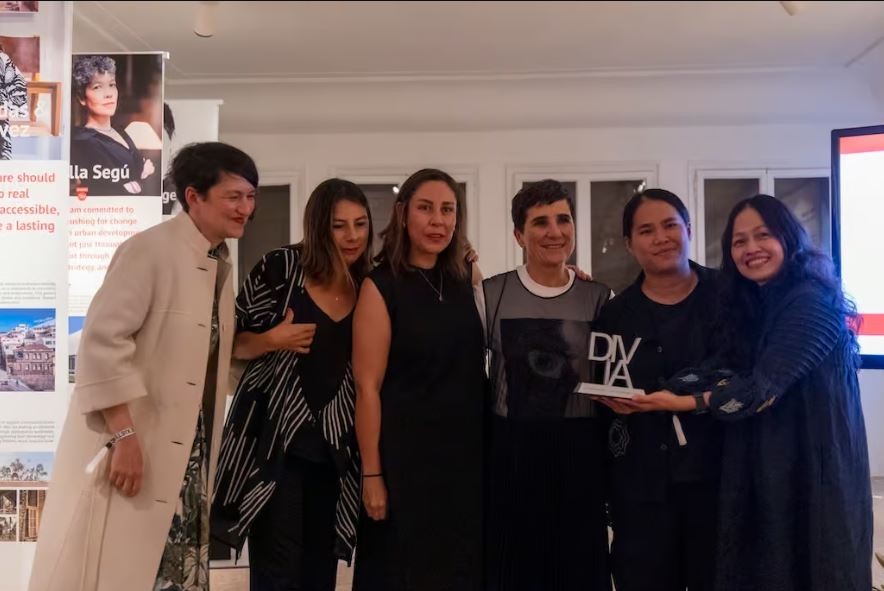 Viet's Home
Viet's Home
Vietnamese Architect Wins the Diversity in Architecture Award 2025
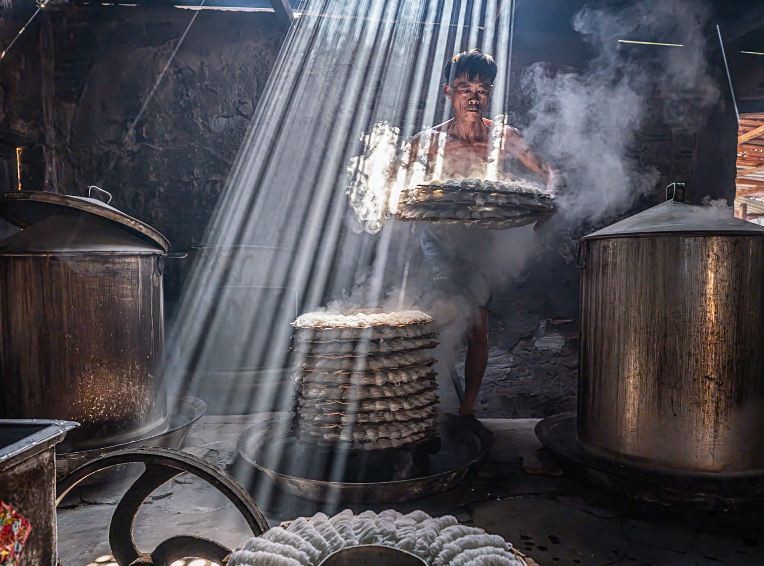 Viet's Home
Viet's Home
Vietnamese Photographer Triumph in Global Food Photography Contest
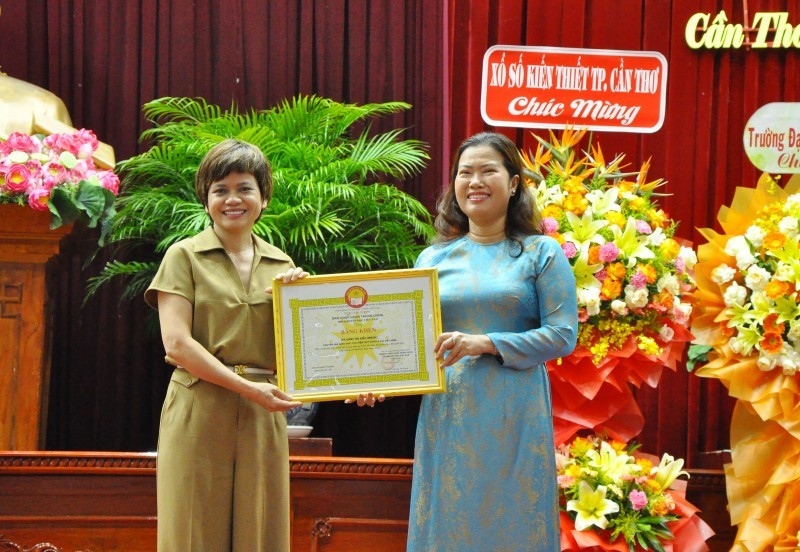 Viet's Home
Viet's Home
The Asia Foundation Awards 101 Scholarships to Can Tho Female Students
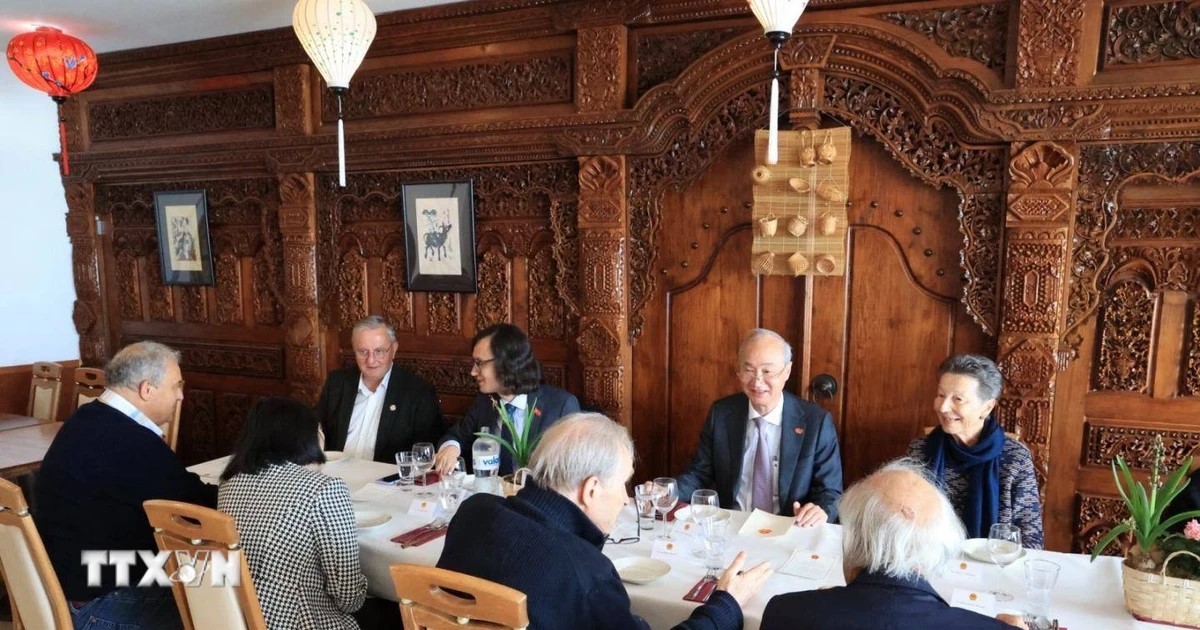 Viet's Home
Viet's Home






